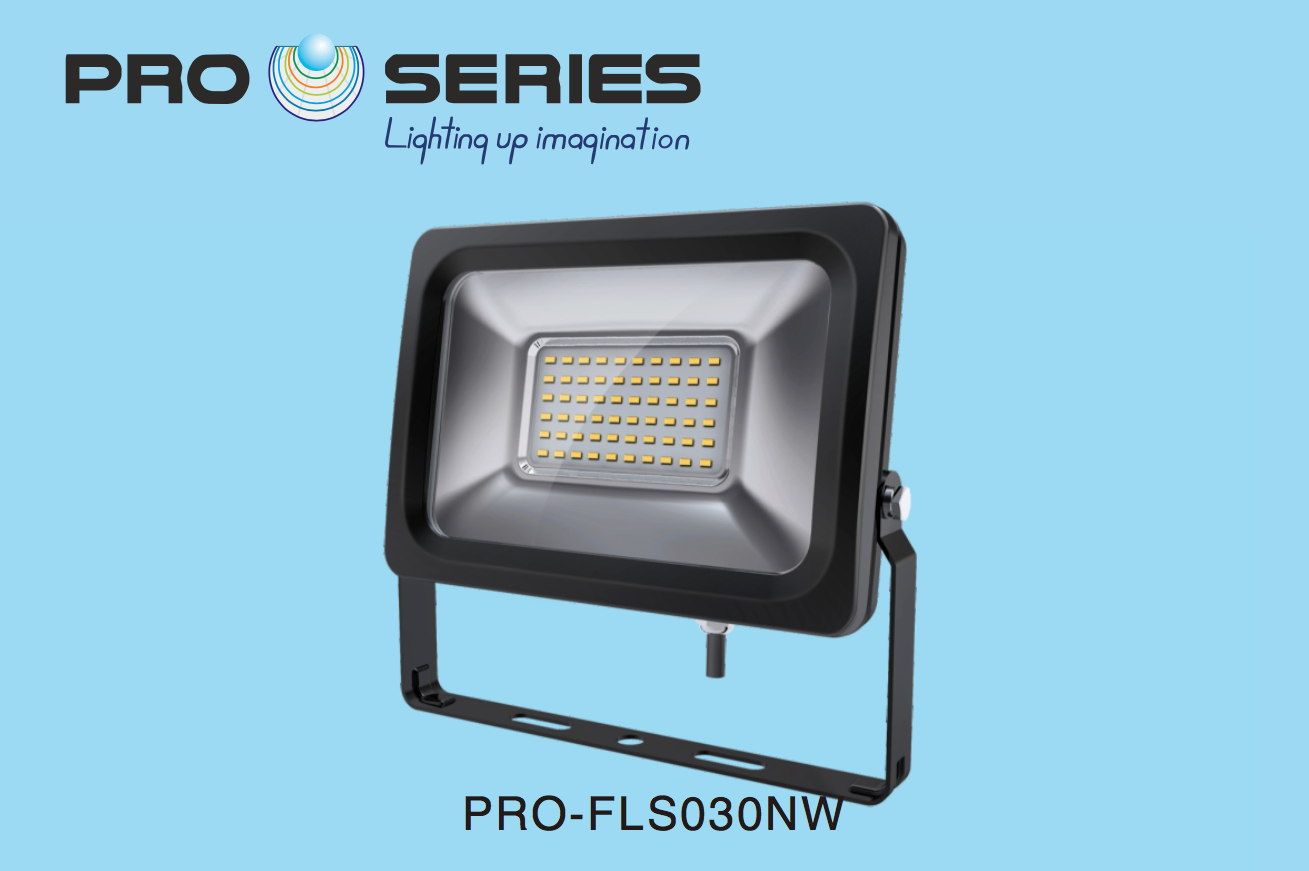Description
Light Emitting Diode (LED) A Light Emitting Diode (LED) is a solid-state semiconductor device that converts electrical energy directly into light. Luminous Flux Unit of measurement: lumen (lm). All the visible radiated power emitted by a light source and perceived by the eye is call luminous flux. Luminous Intensity Unit of measurement: candela [cd] Generally speaking, a light source emits its luminous flux in different directions and at different intensities. The visible radiant intensity in a particular direction is called luminous intensity. Luminous efficacy Unit of measurement: lumens per watt [lm/w] Luminous efficacy is the ratio of luminous flux to power. The power can be either the radiant flux of the source’s output, or it can be the total electric power consumed by the source. Illuminance Unit of measurement: lux (lx) Illuminance is the ratio between the luminous flux and the illuminated area. An illuminance of 1 lx occurs when a luminous flux of 1lm is evenly distributed over an area of 1m². Luminance Unit of measurement: candelas per square metre [cd/ m²] The luminance of a light source or an illuminated area is measured of its luminous intensity per unit area of illuminated surface. Colour Temperature Unit of measurement: Kelvin [K] Cool White: 5000 ~ 6000k Natural White / Day Light: 4000k Warm White: 3000 ~ 3500K CRI The colour rendering index (CRI), sometimes called colour rendition index, is a quantitative measure of the ability of a light source to reproduce the colours of various objects faithfully in comparison with an ideal or natural light source. RGB Colour An additive colour model in which red, green, and blue light are added together in different proportions to produce a broad range of colours, including white.


Reviews
There are no reviews yet.